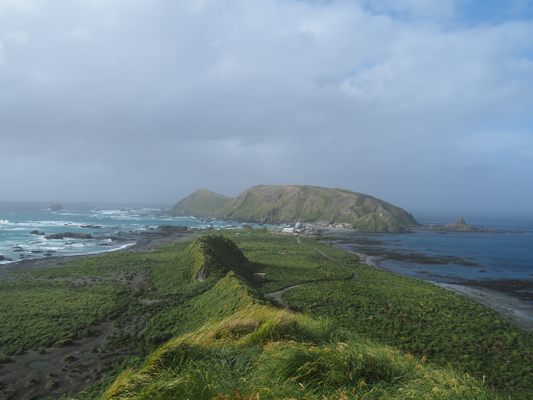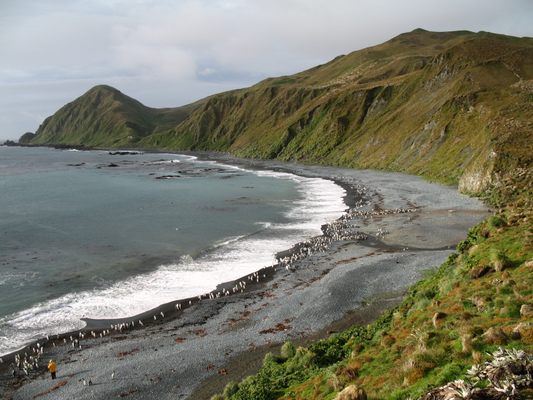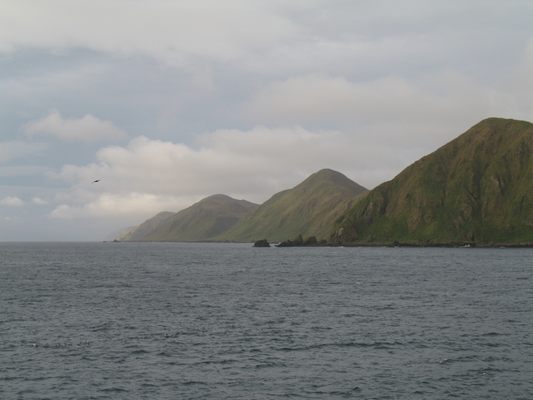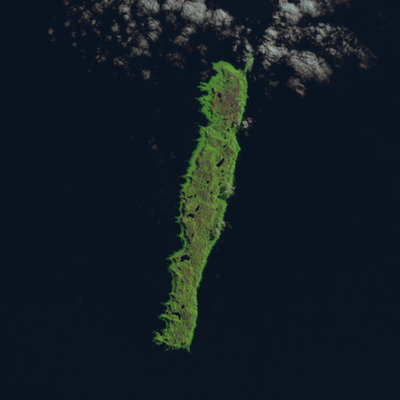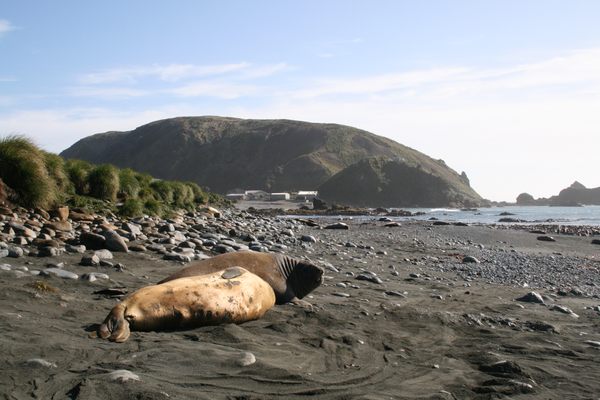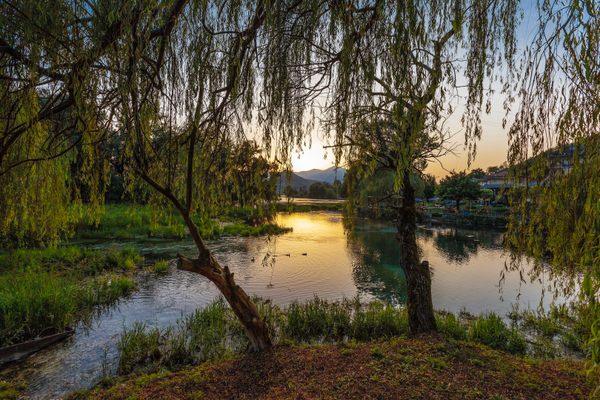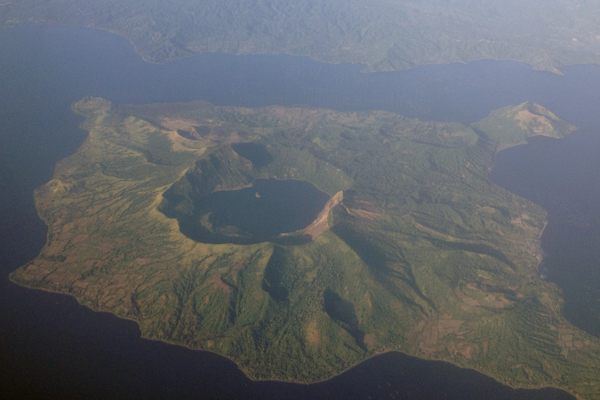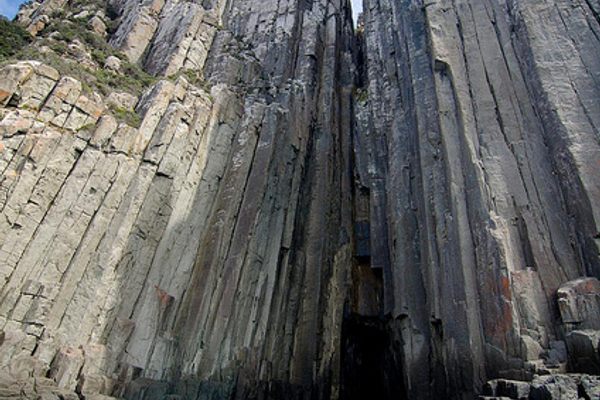About
At roughly the midpoint between Antarctica and the island of Tasmania lies a small spit of land of understated significance. Though never permanently settled by humans, Macquarie Island has long served as an outpost for researchers and before that, sealers, seeking some of the island’s bountiful blubbery crop. Animal life aside, the island holds a more unique title in the annals of geology; it is among the only places on Earth where rocks from the mantle are exposed above sea level.
Macquarie Island is the result of the same geologic processes as the Himalaya mountain range. When the Indian Plate (the tectonic plate on which the Indian subcontinent lies) smashed into the Asian supercontinent 50 million years ago, the immense resulting force created the Himalayas. By the same principle, Macquarie Island arose from an impact between the Indo-Australian and Pacific Plates. Though the result of their collision is on a smaller scale—Macquarie is only 1,345 feet at its highest point—the island is unique for exposing segments of oceanic crust and parts of the Earth’s mantle above water, giving researchers the means to study the stuff of the seafloor on dry land. Rock from more than three miles below the seafloor has been detected on the island, and provides information about the ocean crust in its natural environment.
Macquarie Island was first discovered in modern times by Frederick Hasselborough, a sealer who promptly did his colonial duty by claiming the land for Britain, annexing it to New South Wales, and naming it for the colony’s governor. Upon arrival, Hasselborough found an ancient wreck, giving rise to speculation that Polynesian explorers had made the first landfall. The only living beings Hasselborough found were a massive colony of Royal penguins, albatross, and—to his sealing heart’s delight—hundreds of thousands of seals.
The island's biodiversity changed rapidly over the following decades, as classically human exploitation of wild fauna nearly eliminated native species. Meanwhile, introduced species both intentional (rabbits to feed the sealers) and unintentional (rats) ravaged the land and proliferated.
In recent years, the Australian government has successfully led campaigns to reduce the number of invasive species, and to help restore the habitat and population of native ones. Despite the ebbs and swells, there are now a variety of populations. On the northernmost tip of the island lies a small encampment with a couple dozen structures, accessible only by sea.
Macquarie Island’s unique geology—its ground truth—however remains virtually unchanged, resolute and isolated in the waters of the Pacific.
Related Tags
Know Before You Go
A number of companies offer travel to the island; they’re your best bet given how far afield the island is from Tasmania and New Zealand. Being located in the so-called "Furious Fifties," named for the raging waters at that latitude, travel to the island by boat might best be done with dramamine in tow. Macquarie Island is cold, wet, and windy. Dress appropriately.
As with all wildlife, the creatures of Macquarie island are minding their own business. Observe wildlife at a respectful distance, for your safety and that of the animals.
Community Contributors
Added By
Published
February 21, 2020
Sources
- https://www.atlasobscura.com/places/the-tablelands-division-no-9-subd-a-newfoundland-and-labrador
- https://epod.usra.edu/blog/2004/04/newfoundland-tablelands.html
- http://www.antarctica.gov.au/about-antarctica/history/stations/macquarie-island
- https://www.abc.net.au/news/2014-04-07/macquarie-island-declared-pest-free-after-eradication-program/5373336?section=tas
- https://whc.unesco.org/en/list/629
- https://wikitravel.org/en/Macquarie_Island
